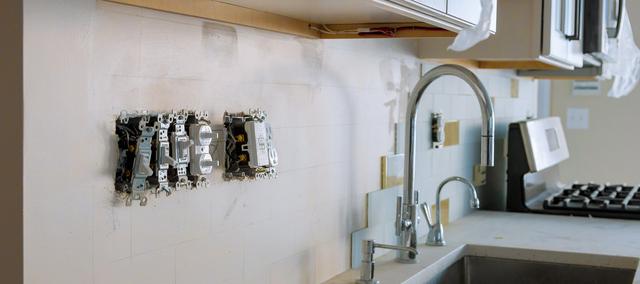As a homeowner, it's important to ensure your kitchen is up-to-date, safe, and functional. One aspect of this is replacing old electrical switches and outlets, which can be a DIY project for those with basic electrical knowledge and skills. Before beginning this project, it's essential to have all the necessary materials on hand. In this article, we'll outline the materials needed for replacing electrical switches and outlets in your kitchen.
Electrical Switches and Outlets
First and foremost, you'll need to purchase new electrical switches and outlets that match the existing wiring in your kitchen. It's essential to purchase high-quality switches and outlets from reputable brands to ensure safety and durability. There are a variety of switches and outlets available, including standard switches, dimmer switches, GFCI outlets, and USB outlets. Depending on your needs and preferences, you may choose to purchase a combination of these.
Wire Strippers and Cutters
Wire strippers and cutters are essential tools for this project. You'll use the wire strippers to remove the protective coating from the wires, while the cutters will be used to trim the wires to the appropriate length. Make sure to purchase wire strippers and cutters that are specifically designed for electrical work to ensure safety.
Screwdrivers
Screwdrivers are necessary for removing the existing switches and outlets and installing new ones. It's best to have both a flat-head screwdriver and a Phillips-head screwdriver on hand, as some switches and outlets may require one or the other.
Electrical Tape
Electrical tape is a crucial material for ensuring safety during this project. After connecting the wires to the new switches and outlets, you'll need to wrap the exposed wires with electrical tape to prevent them from touching each other or any other metal objects.
Voltage Tester
A voltage tester is a device that can detect whether or not an electrical circuit is live. Before beginning any electrical work, it's essential to use a voltage tester to ensure the power is off in the area where you'll be working. This helps prevent the risk of electrical shock.






comments